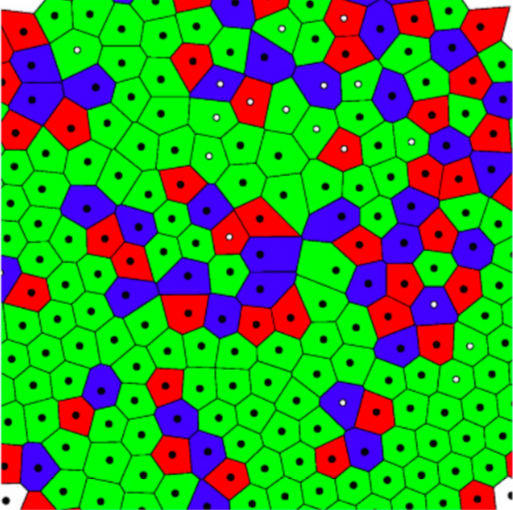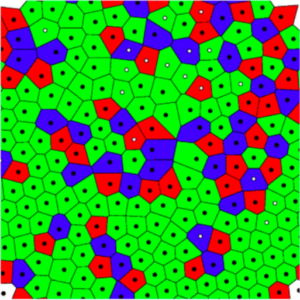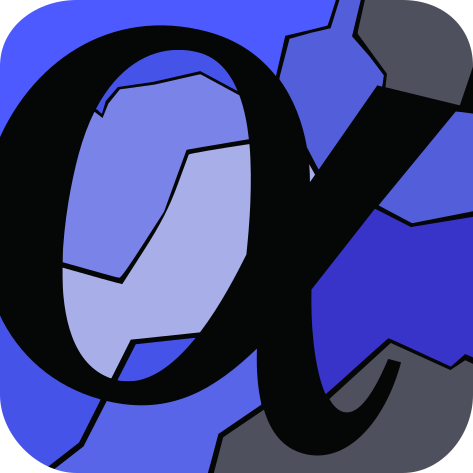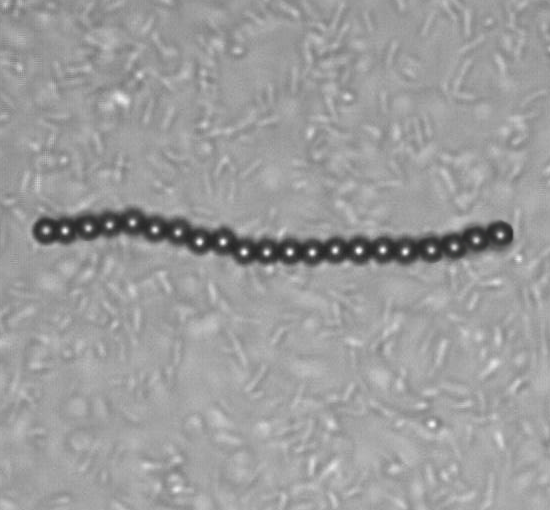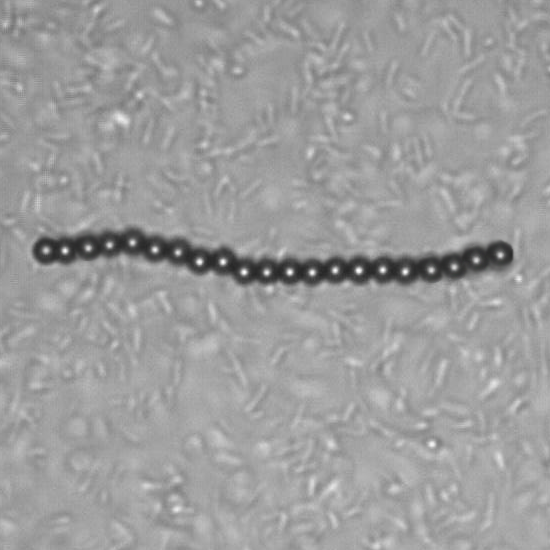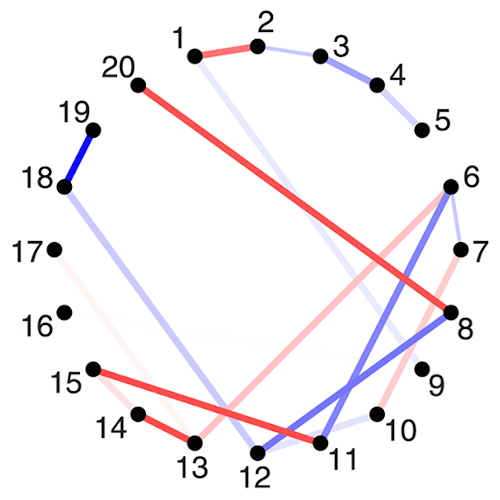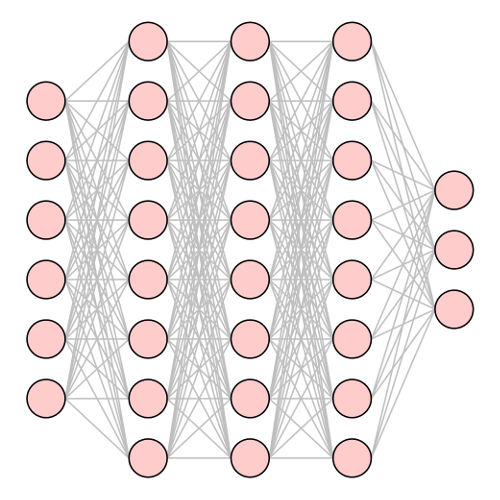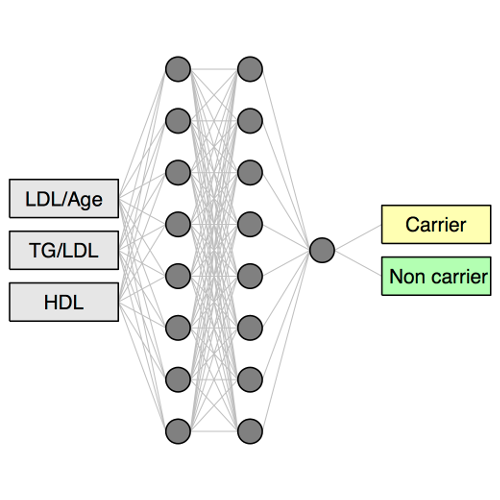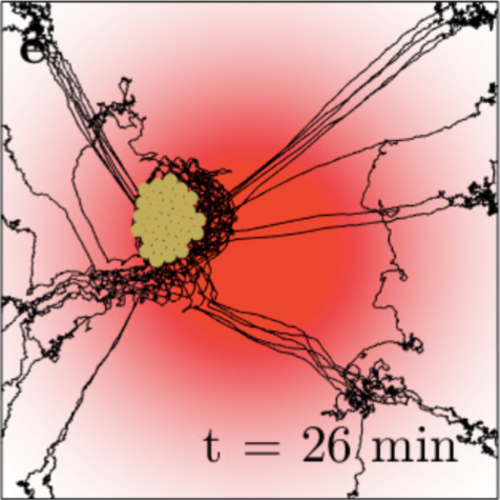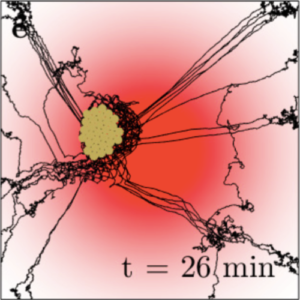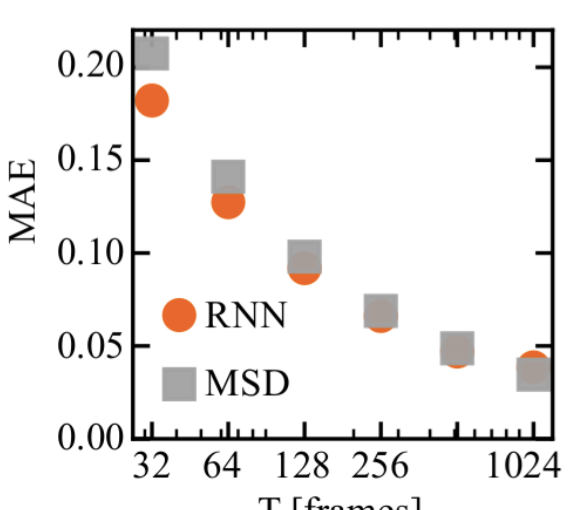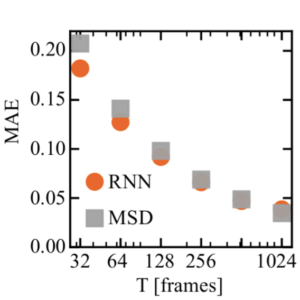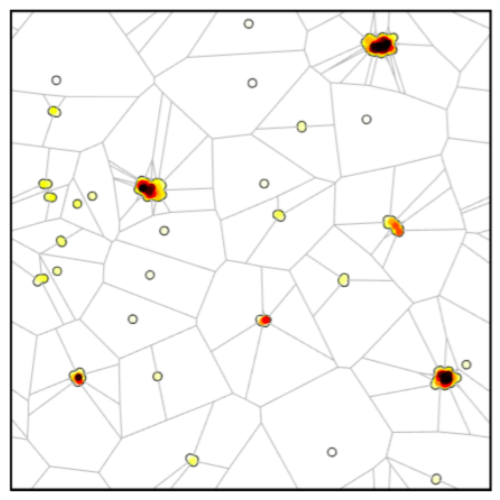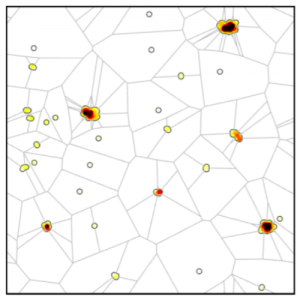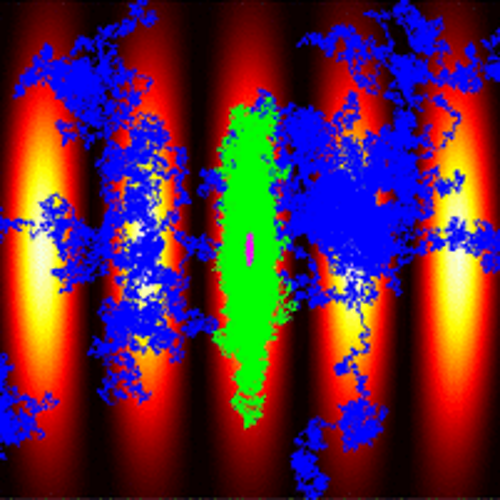
Paolo Polimeno, Francesco Patti, Melissa Infusino, Jonathan Sánchez, Maria A. Iatì, Rosalba Saija, Giovanni Volpe, Onofrio M. Maragò & Alessandro Veltri
ACS Photonics 7(5), 1262–1270 (2020)
doi: https://doi.org/10.1021/acsphotonics.0c00213
We investigate gain-assisted optical forces on dye-enriched silver nanoshell in the quasi-static limit by means of a theoretical/numerical approach. We demonstrate the onset of nonlinear optical trapping of these resonant nanostructures in a counter-propagating Gaussian beam configuration. We study the optical forces and trapping behavior as a function of wavelength, particle gain level, and laser power. We support the theoretical analysis with Brownian dynamics simulations that show how particle position locking is achieved at high gains in extended optical trapping potentials. Finally, for wavelengths blue-detuned with respect to the plasmon-enhanced resonance, we observe particle channeling by the standing wave antinodes due to gradient force reversal. This work opens perspectives for gain-assisted optomechanics where nonlinear optical forces are finely tuned to efficiently trap, manipulate, channel, and deliver an externally controlled nanophotonic system.
